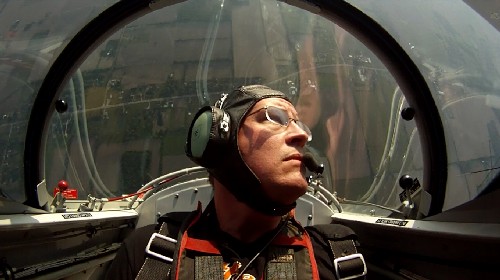These are the show notes to an audio episode. You can listen to the show audio by clicking here: http://traffic.libsyn.com/airspeed/AirspeedDeal.mp3 . Better yet, subscribe to Airspeed through iTunes or your other favorite podcatcher. It’s all free!
. Better yet, subscribe to Airspeed through iTunes or your other favorite podcatcher. It’s all free!
As many of you know, I recently flew my first aerobatic competition, placing second in the Primary category at the IAC Michigan Aerobatic Open in Jackson, Michigan 9-10 July 2011. I kept a diary of the experience and turned it into an episode. You can hear the audio by clicking the link above and you can check out the actual diary text and images at the links below.
Sunday 3 July 2011: The Deal
Thursday 7 July 2011: Setting Up the Box
Thursday 7 July 2011: I Suck!
Saturday 9 July 2011: Flying Aerobatics in Anger
Sunday 10 July 2011: Making Good on a Deal
For those interested, the Jackson contest will be 7-8 July 2012 at Jackson County Reynolds Field. Organizers in the host city have some great ideas about organizing events around the contest to turn it into a destination attraction. Head to IAC Chapter 88′s website for additional details as they become available.
In the meantime, if you’ve never flown aerobatics, now might be a good time to think about starting. You have plenty of time to consider your options, head to a few local IAC chapter meetings, find an instructor and an aircraft, and go get upside down. Though I’ve been flying acro on and off since 2008, I didn’t get serious about it until this year. And I flew my first contest after less than two hours of flying the Pitts aerobatically. This is a doable thing.
And there’s an amazingly supportive group of people that does this. You know how pilots are such a reliably stalwart, competent, and friendly group? Aerobatic pilots are even more so. You’re going to love flying acro and love competing even more.




